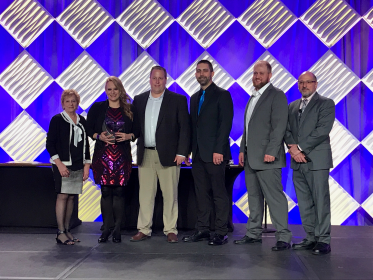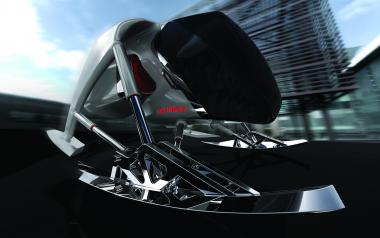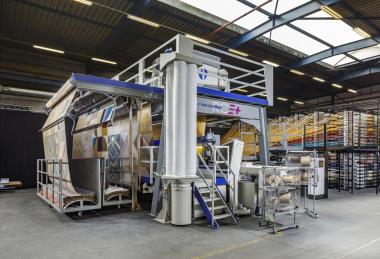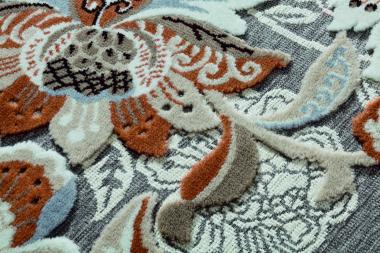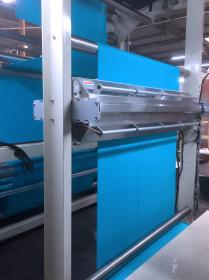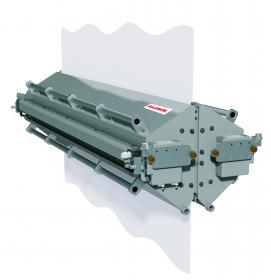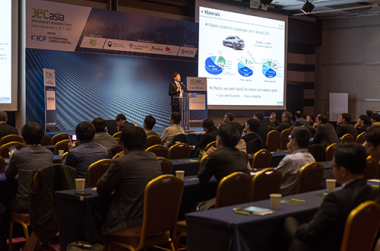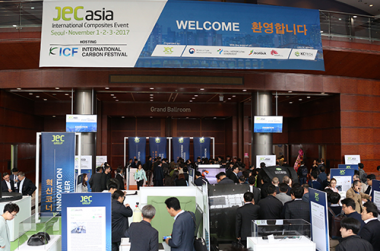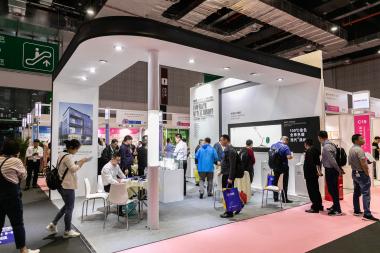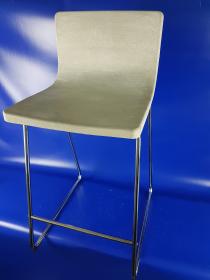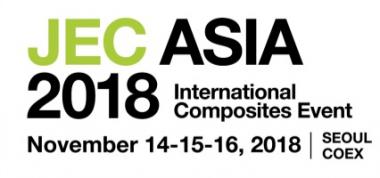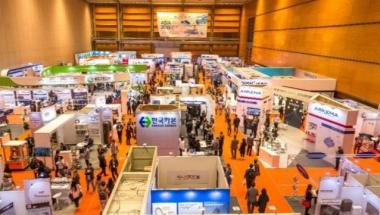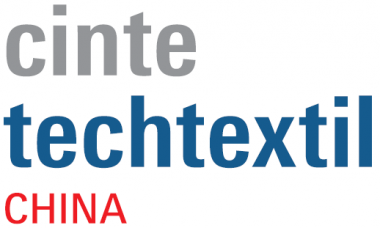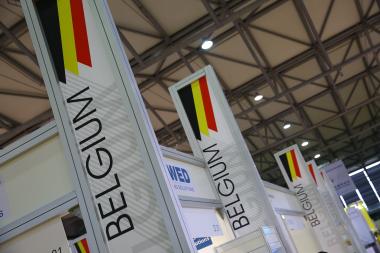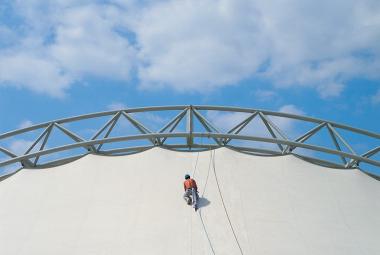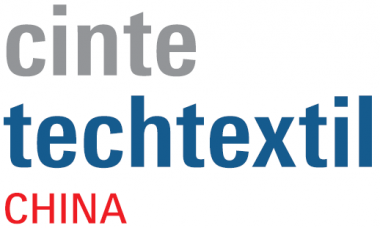PCMC receives prestigious 2019 FTA Technical Innovation Award
Paper Converting Machine Company (PCMC), part of Barry-Wehmiller, received the prestigious Technical Innovation Award from the Flexographic Technical Association (FTA) for its recently introduced SteadyPrint print-stabilization technology. This award was presented May 5, 2019, at the FTA Forum 2019 awards banquet held in New Orleans.
SteadyPrint, now part of PCMC’s Fusion and ELS Max flexographic presses, couples innovative patented mechanical designs with cutting-edge disturbance-cancelling algorithms that suppress disturbances associated with the hard edge, largely removing the impact of bounce in flexographic printing. The press automatically learns when the disturbance occurs on each job and implements the cancellation algorithm to minimize or eliminate the impact on print quality.
“We are extremely excited to be a recipient of the 2019 FTA Technical Innovation Award,” said Rodney Pennings, PCMC’s Printing, Coating and Laminating Sales Director. “The entire PCMC team has worked very hard in developing SteadyPrint over the past couple of years. It is an innovation that we are quite proud of, and we appreciate the accolades that showcase SteadyPrint within the package-printing industry. Winning this award in the year we are celebrating our 100-year anniversary is also incredibly meaningful.”
Paper Converting Machine Company PCMC
Barry-Wehmiller


